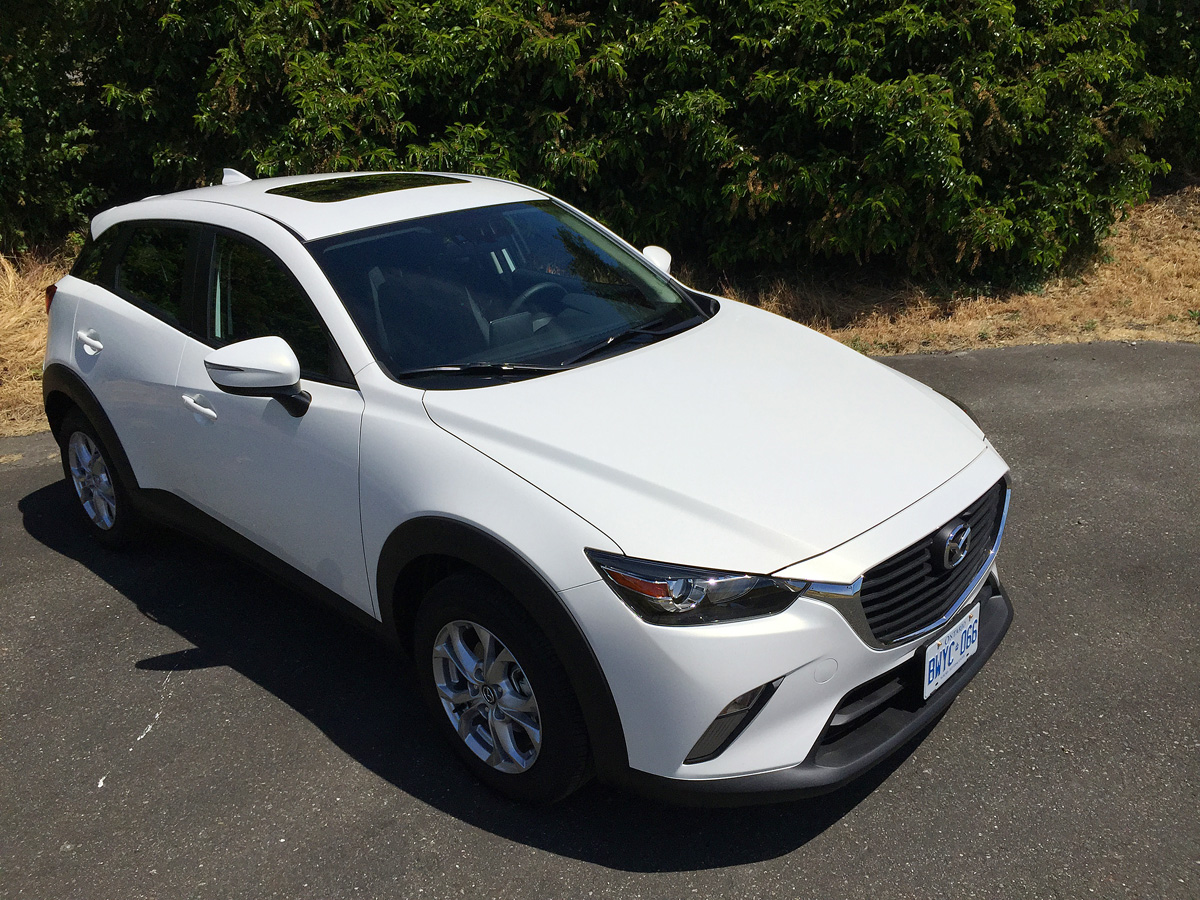Inner workings of Mazda's i-ACTIV AWD system


A lot of auto manufacturers have some form of proprietary all-wheel drive technology — Mazda’s is called i-ACTIVE AWD. What makes this system from the company based in Hiroshima, Japan so different? Read on.
An on-demand setup, Mazda’s predictive i-ACTIV AWD utilizes several sensors to evaluate road conditions 200 times a second, as well as determine driver intention. For example, the computer gauges everything from pressure applied on the accelerator or brakes to the position of the steering wheel in order to prepare a reaction in a manner that provides optimum control of the vehicle.

In addition, i-ACTIV constantly monitors exterior temperature, the amount of torque needed to turn the front wheels, engine load and even wiper operation to calculate whether it’s snowing or raining, what the current grip level of the road surface is and if the driver is on a hill. This allows the AWD system to accurately predict when slippage may take place.
When that happens, i-ACTIV is designed to deliver just enough power to the rear wheels to regain traction. By transferring only what is required, the performance and safety benefit of AWD is realized without consuming unnecessary fuel. In fact, Mazda set out to prove that a car can be AWD and efficient at the same time.

To further save fuel, engineers set out to reduce frictional losses and studied the way in which oil moves through gears to create a more optimized system. They also inspected every individual vehicle component associated with AWD to see what could be lightened and/or optimized. The result is a combined weight reduction of 43 per cent compared to the outgoing example.
Mazda i-ACTIV AWD can be found in many of its models including the Mazda CX-3subcompact crossover, the CX-5 compact crossover and the CX-9 full-size crossover SUV.

